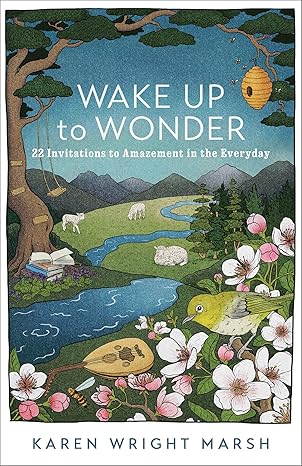Related Articles
Discipleship Without Borders: How Free Online Resources Change Lives
Every day, people around the world come to Jesus through our ministry—and many of them long for…
A Heart for Africa: Partner in Global Christian Missions & Gospel Outreach
Dr. David Livingstone gave his life to reach Africa with the Gospel. Today, your generosity…
Partners for the Great Commission: Activating the Gifts God Placed in You
The Great Commission is one of the most extraordinary invitations God gives His people—an…
Good Without God? Why Being Nice Won’t Get You Into Heaven
Can someone be good without God—and is goodness enough to get us into Heaven? Our culture loves the…
Next Steps To Strengthen Your Walk
Inspiration Today Newsletter
Supercharge your faith and ignite your spirit. Find hope in God’s word. Receive your Inspiration Today newsletter now!
Christian Articles
Find articles to strengthen your walk and grow your faith. We have a wide range of topics and authors for you.
Submit A Prayer Request
We are here for you. Simply click on the button below to reach us by form, email or phone. Together we will lift our hearts and voices with you in prayer.


 But Pandita Ramabai’s trust in the gods was shattered by the Great Famine of1874. Though her family had faithfully fulfilled all the conditions laid down in the sacred books, the sixteenyear-old watched helplessly as her mother, sister, and father starved to death. Pandita Ramabai would endure even harsher judgment from Hindu society when, after a brief marriage, her husband died of cholera. Despite her independent mind and education, Pandita Ramabai could not escape the curse of the high-caste widow, her unchosen status that, by cultural norms that endure to this day, damned her to destitution and social exclusion. She searched and found no relief for widows within the religious texts of her childhood, no vision there to affirm her as a human worthy of redemption. The young woman despaired.
But Pandita Ramabai’s trust in the gods was shattered by the Great Famine of1874. Though her family had faithfully fulfilled all the conditions laid down in the sacred books, the sixteenyear-old watched helplessly as her mother, sister, and father starved to death. Pandita Ramabai would endure even harsher judgment from Hindu society when, after a brief marriage, her husband died of cholera. Despite her independent mind and education, Pandita Ramabai could not escape the curse of the high-caste widow, her unchosen status that, by cultural norms that endure to this day, damned her to destitution and social exclusion. She searched and found no relief for widows within the religious texts of her childhood, no vision there to affirm her as a human worthy of redemption. The young woman despaired.



